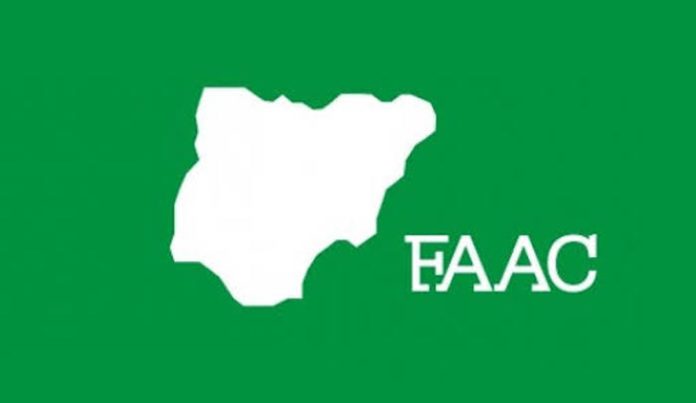The total debts of the 36 states in Nigeria rose to N11.47tn as of June 30, 2024, despite allocations by the Federal Accounts Allocation Committee (FAAC), and their respective internally generated revenues (IGR).
An analysis of data from the public debt reports released by the Debt Management Office (DMO) said the rise was 14.57 per cent higher than the N10.01tn recorded in December 2023.
External debt for the states and the Federal Capital Territory also climbed from $4.61bn to $4.89bn within the period under review.
In naira terms, the debts increased by 73.46 per cent, from N4.15tn to N7.2tn, following the devaluation of the naira from N899.39/$1 in December 2023 to N1,470.19/$1 by June 2024.
However, domestic debt for states and the FCT declined from N5.86tn to N4.27tn.
In total, states and the FCT accounted for Nigeria’s public debt of N134.3tn in June 2024, a decrease from their 10.29 per cent share in December 2023, even as their nominal debt levels increased.
Channels Television had earlier reported that the sub-national governments continued to grapple with a persistent reliance on borrowing to finance their budgets in 2023, as the total debt stock of the 36 states surged by 38.1%, from N7.25tn in 2022 to N10.01tn.
According to BudgIT’s 2024 State of States report released on Tuesday, the debt growth was partly driven by a N606.12bn increase in domestic debt, resulting in an average year-on-year growth rate of 11.4%. By 31st December 2023.
The total domestic debt stood at N5.86tn.
The situation was further complicated by rising foreign debt, which increased by 4.1%, from $4.43bn in 2022 to $4.61bn in 2023.
According to the report, the liberalisation of the exchange rate exacerbated the financial strain on states, significantly raising their foreign loan repayment obligations in naira terms.
Lagos State remained the most indebted in foreign currency, accounting for 26.9% of the total foreign debt, equivalent to $1.24bn.
Credit: channelstv.com









